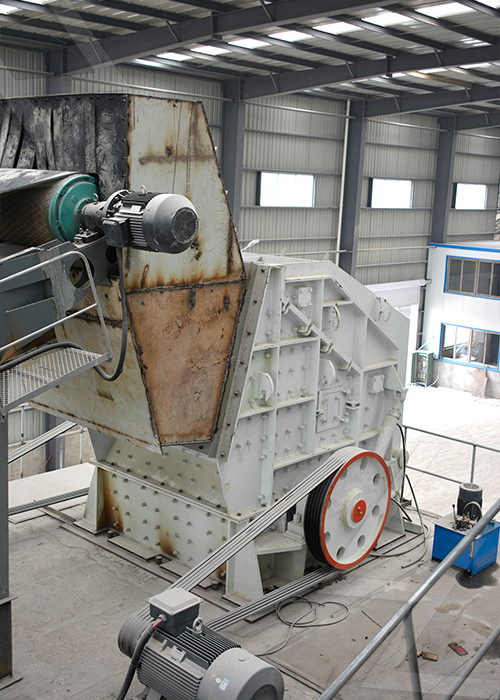Impact Crusher Working Principle: A Simple Guide to How It Works
When it comes to breaking down rock, not all crushers are created equal. Unlike jaw or cone crushers that rely on compression to break material, the impact crusher operates on a completely different principle. Understanding the impact crusher working principle is key to appreciating its power, efficiency, and the unique product it creates.
This article will provide a clear and simple analysis of the core mechanics of an impact crusher, explaining its key components and step-by-step process.
The Core Principle: Impact Crushing
At its heart, an impact crusher uses kinetic energy to shatter rock. The principle is straightforward: a fast-spinning rotor equipped with blow bars (or hammers) strikes the incoming material, shattering it upon impact and throwing it against stationary impact plates. The repeated blows, both from the rotor and from rock-on-rock collisions within the chamber, break the material down to the desired size.
This method is highly effective for materials that are not excessively hard or abrasive, such as limestone, concrete, and asphalt.

Key Components and Their Roles
To understand the impact crusher working principle, you need to know its main components and how they interact:
- Rotor: This is the heart of the machine. It is a large, heavy rotating mass that spins at high speeds. The rotor’s speed directly determines the force of the primary impact.
- Blow Bars (or Hammers): These are the wear-resistant parts attached to the rotor. They are the initial point of contact with the raw material and are designed to withstand immense force.
- Impact Plates (or Aprons): These are heavy, fixed plates that line the inside of the crushing chamber. When the blow bars hurl material against these plates, the secondary impact breaks the rock even further.
- Crushing Chamber: The enclosed space where the crushing occurs. The gap between the rotor and the impact plates is adjustable, allowing operators to control the final product size.
The Crushing Process, Step-by-Step
The crushing process in an impact crusher is a continuous and highly efficient sequence of events:
- Material Feed: Raw material is fed into the top of the crushing chamber.
- Primary Impact: The high-speed rotor, with its attached blow bars, strikes the incoming material with a powerful blow, fracturing it into smaller pieces.
- Secondary Impact: The shattered material is then propelled at high velocity against the fixed impact plates. The collision breaks the material down further, often to its final size.
- Repeated Crushing & Discharge: The material falls back into the path of the rotor and is hit again, or it collides with other particles within the chamber. This process continues until the material is small enough to pass through the gap at the bottom of the chamber and be discharged onto a conveyor belt.
Advantages Driven by the Principle
The impact crusher working principle leads directly to two key advantages:
- High Reduction Ratio: The powerful, multi-stage impact action allows the crusher to reduce the size of the feed material significantly in a single pass, which can simplify the overall crushing plant layout.
- Superior Product Shape: The repeated shattering and impact produces a cubical, well-shaped aggregate with fewer fines and elongated pieces. This cubical shape is highly valued in the production of concrete and asphalt, as it results in a stronger and more stable mix.
Conclusion
The impact crusher stands apart in the crushing industry due to its reliance on a unique, high-energy impact mechanism. By understanding the impact crusher working principle, you can appreciate its power and efficiency, especially for materials like limestone and recycled concrete. This knowledge is crucial for selecting the right equipment to ensure your operation produces a superior product while maintaining optimal performance.
- > Cone Crushers: The Core of Brazil’s Iron Ore Crushing Lines
- > Jaw Crusher for Hard Rock Crushing: Efficiency and Durability
- > Efficient Material Processing with Russian Mobile Jaw Crushers
- > Utilization of Impact Crushers for Processing Limestone, Cement, and Gypsum
- > Efficient Spiral Sand Washer for Gravel, Rock, and Ore
- > Popular High-Efficiency Sand Washing Machine in the Philippines
- > Versatility of the XS Series Sand Washer for Various Materials
- > The Application of Jaw Crushers for Coal Crushing in Indonesia
Hot Product


Online




Message
